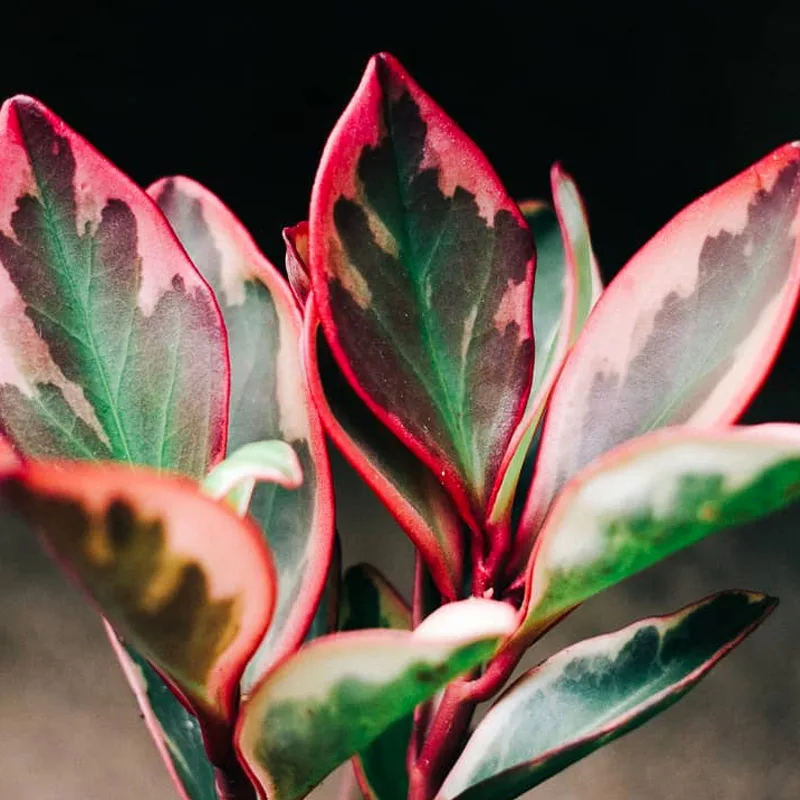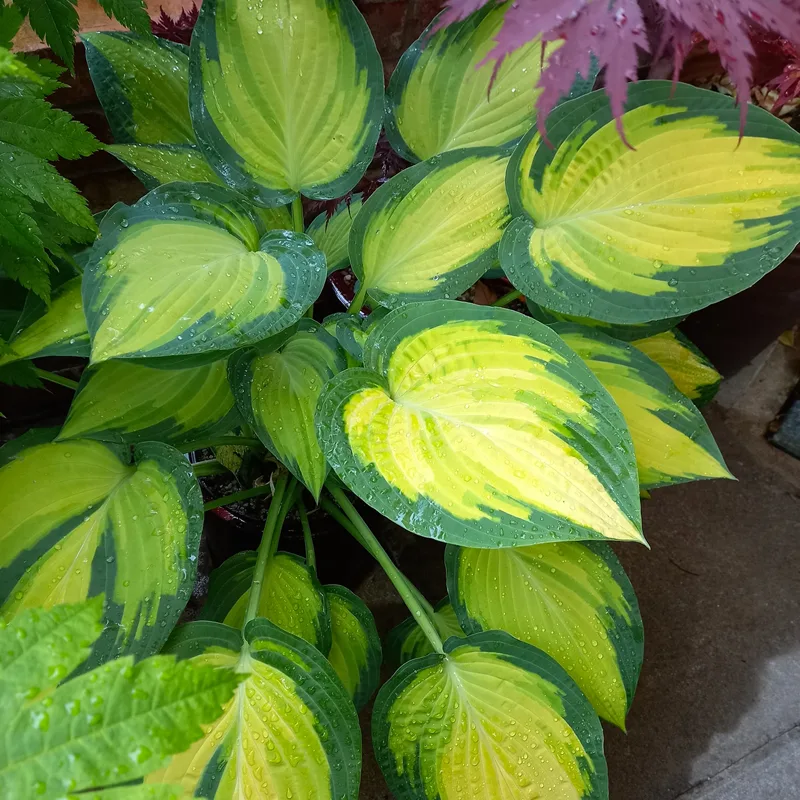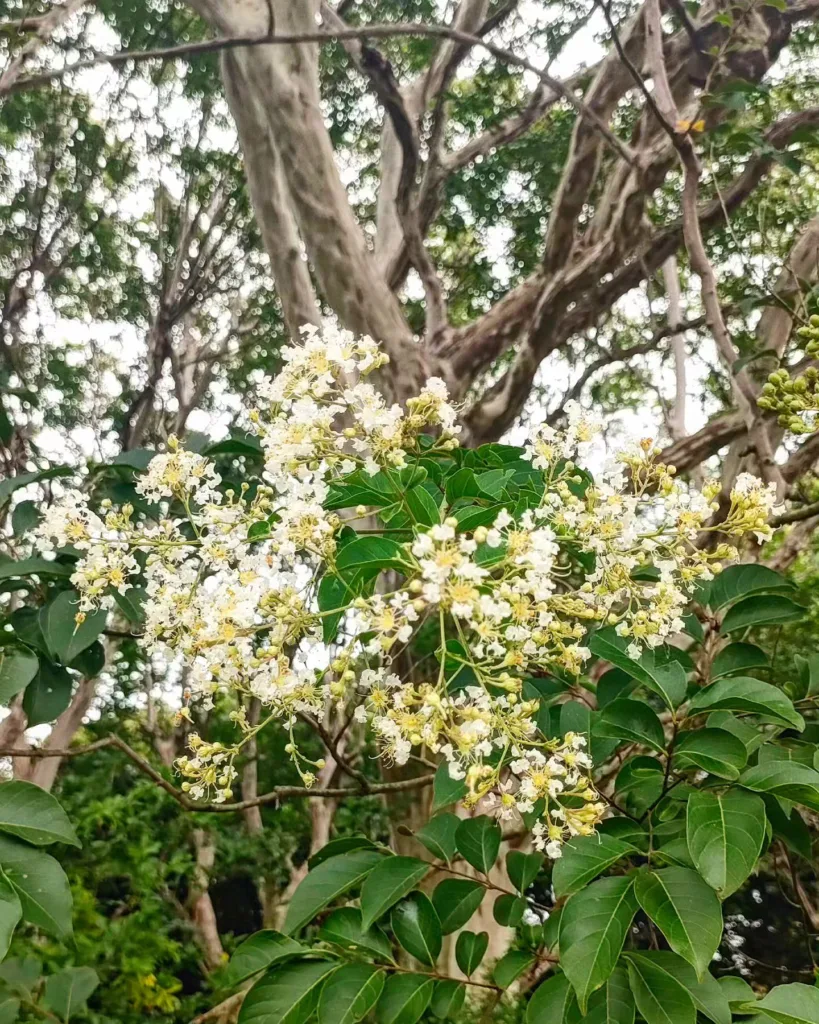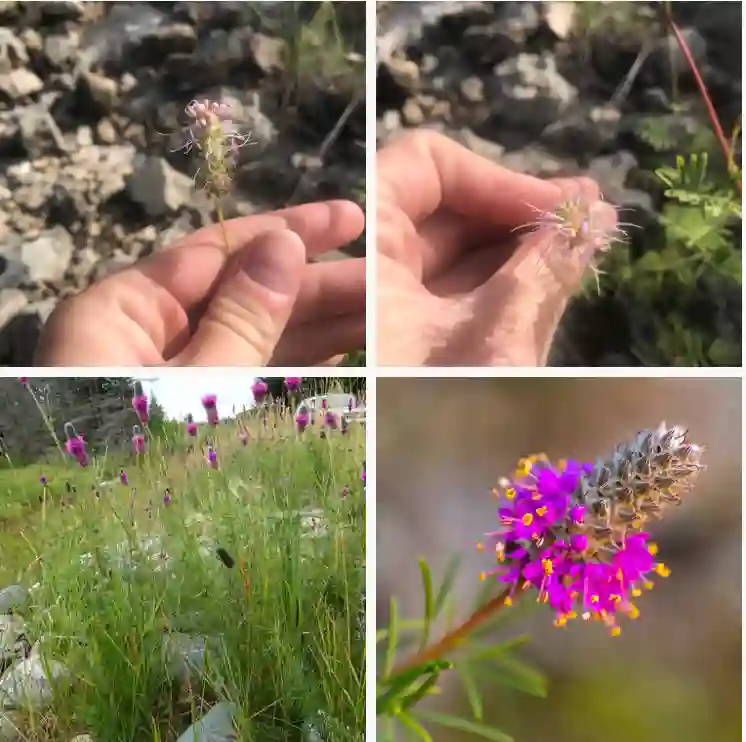FAQs About Solidago Odora
Solidago Odora, commonly known as Sweet Goldenrod, is a delightful perennial plant that often piques gardeners’ curiosity. This plant, with its vibrant yellow flowers and aromatic foliage, adds a touch of sunshine to any garden. If you’re considering adding Solidago Odora to your landscape, here are some frequently asked questions to guide you.
145 Species in Genus Solidago
What Is Solidago Odora?
Solidago Odora, or Sweet Goldenrod, is a native North American perennial known for its aromatic leaves and bright yellow flower clusters. It typically grows 3 to 4 feet tall and blooms from late summer to fall. The plant’s leaves emit a pleasant, anise-like fragrance when crushed, which is a distinctive feature of this species.
How to Care for Solidago Odora?
Caring for Solidago Odora is relatively straightforward. It thrives in full sun to partial shade and prefers well-drained soil. Here are a few tips for maintaining a healthy plant:
- Watering: Regular watering is important, especially during dry spells. However, avoid overwatering, as this can lead to root rot.
- Soil: Ensure your soil is well-drained. While Solidago Odora can tolerate a range of soil types, it performs best in rich, loamy soil.
- Fertilization: A light application of compost or a balanced fertilizer in the spring can promote vigorous growth and flowering.
- Pruning: Deadhead spent flowers to encourage more blooms and cut back the plant in late fall or early spring to maintain its shape.
How to Propagate Solidago Odora?
Propagating Solidago Odora can be done through seeds or division:
- Seeds: Sow seeds directly in the garden in early spring or start them indoors 6 to 8 weeks before the last frost. Lightly cover the seeds with soil and keep them moist until germination.
- Division: In early spring or fall, divide established plants to create new ones. Gently lift the plant, separate the root clumps, and replant them in prepared soil.
What to Plant With Solidago Odora?
Solidago Odora pairs well with various other plants, enhancing both color and texture in the garden. Consider planting it alongside:
- Purple Coneflower (Echinacea purpurea): The bright yellow of Solidago Odora contrasts beautifully with the purple blooms of Echinacea.
- Black-eyed Susan (Rudbeckia hirta): Both plants share a similar growing environment and will complement each other’s color.
- Autumn Joy Sedum (Sedum ‘Autumn Joy’): The late-season blooms of Sedum blend nicely with the yellow flowers of Sweet Goldenrod.
Can You Grow Solidago Odora Indoors?
Solidago Odora is typically grown outdoors due to its size and light requirements. However, you can grow it indoors in a large container with plenty of sunlight. Ensure it gets at least 6 hours of direct sunlight each day, and use a well-draining potting mix to prevent root rot.
Is Solidago Odora Toxic?
Solidago Odora is generally considered non-toxic to humans and pets. It is not known to cause any adverse effects if ingested. However, as with any plant, it’s best to keep it out of reach of young children and pets to avoid any potential issues.
Benefits of Solidago Odora
- Aesthetic Appeal: With its bright yellow flowers and fragrant foliage, Solidago Odora adds beauty and aroma to the garden.
- Pollinator Friendly: The flowers attract a range of pollinators, including bees and butterflies, making it a valuable addition to any pollinator garden.
- Medicinal Uses: Historically, Sweet Goldenrod has been used in traditional medicine for its anti-inflammatory and diuretic properties.
Common Problems with Solidago Odora
- Powdery Mildew: This fungal disease can affect Solidago Odora, especially in humid conditions. Ensure good air circulation around the plant and avoid overhead watering.
- Pests: Watch for aphids and spider mites, which can sometimes infest the plant. Regular inspection and prompt action can help manage these pests.
Solidago Odora vs Solidago Canadensis
When comparing Solidago Odora to Solidago Canadensis (Canadian Goldenrod), there are a few key differences:
- Appearance: Solidago Odora is generally shorter (3-4 feet) with a more fragrant foliage compared to Solidago Canadensis, which can grow up to 6 feet tall.
- Fragrance: Solidago Odora is known for its aromatic leaves, which have a distinctive anise scent, while Solidago Canadensis does not have this feature.
- Growth Habit: Solidago Canadensis is more aggressive and can spread quickly, often becoming invasive, whereas Solidago Odora is more contained.
Comparing Solidago Odora with Similar Plants
- Solidago Rugosa (Rough Goldenrod): This species has a rougher leaf texture and more compact growth compared to the aromatic Solidago Odora.
- Solidago Nemoralis (Gray Goldenrod): It is smaller and more tolerant of drier conditions than Solidago Odora.
By understanding these aspects of Solidago Odora, you can make informed decisions on how to integrate this plant into your garden and ensure it thrives in your landscape.
If i die, water my plants!



